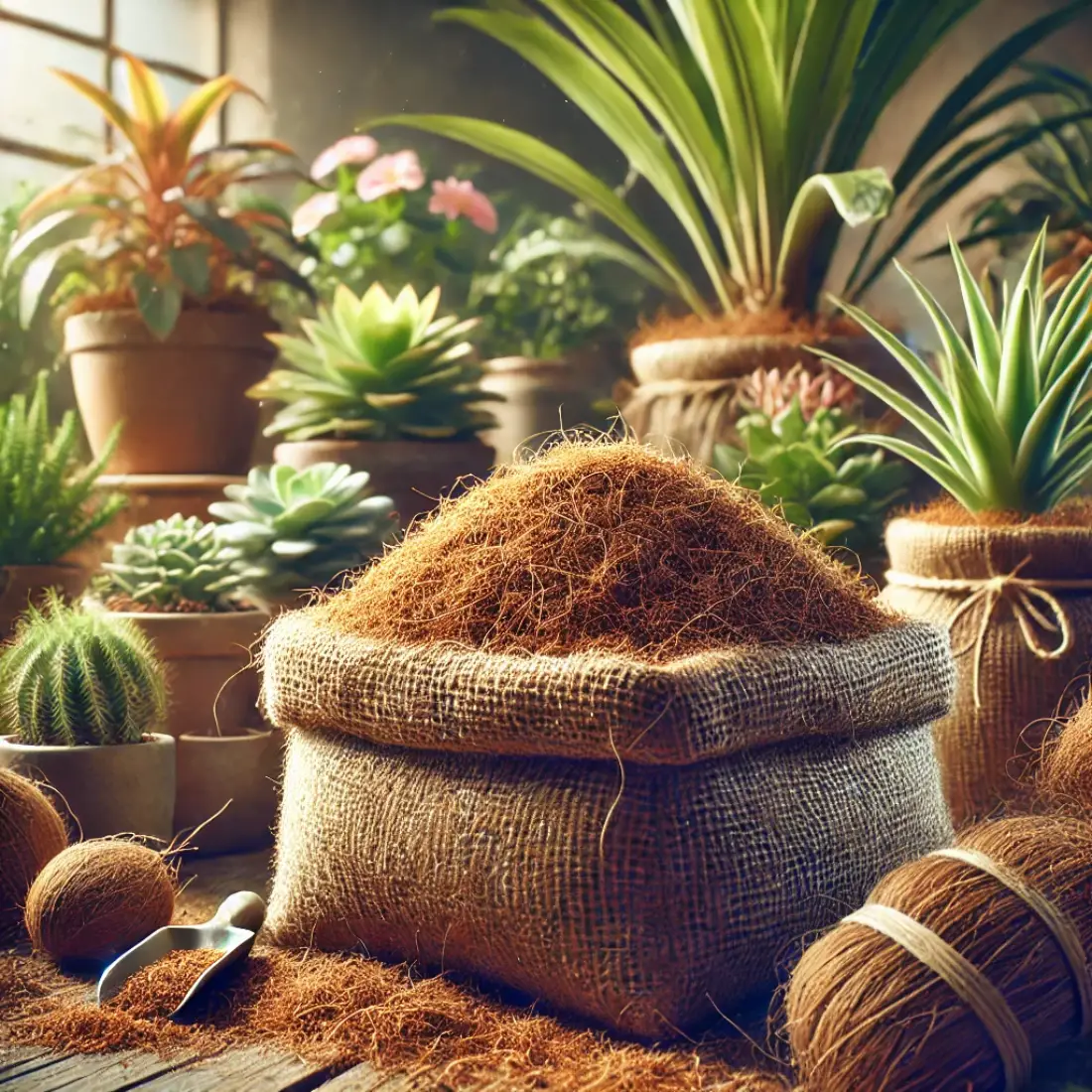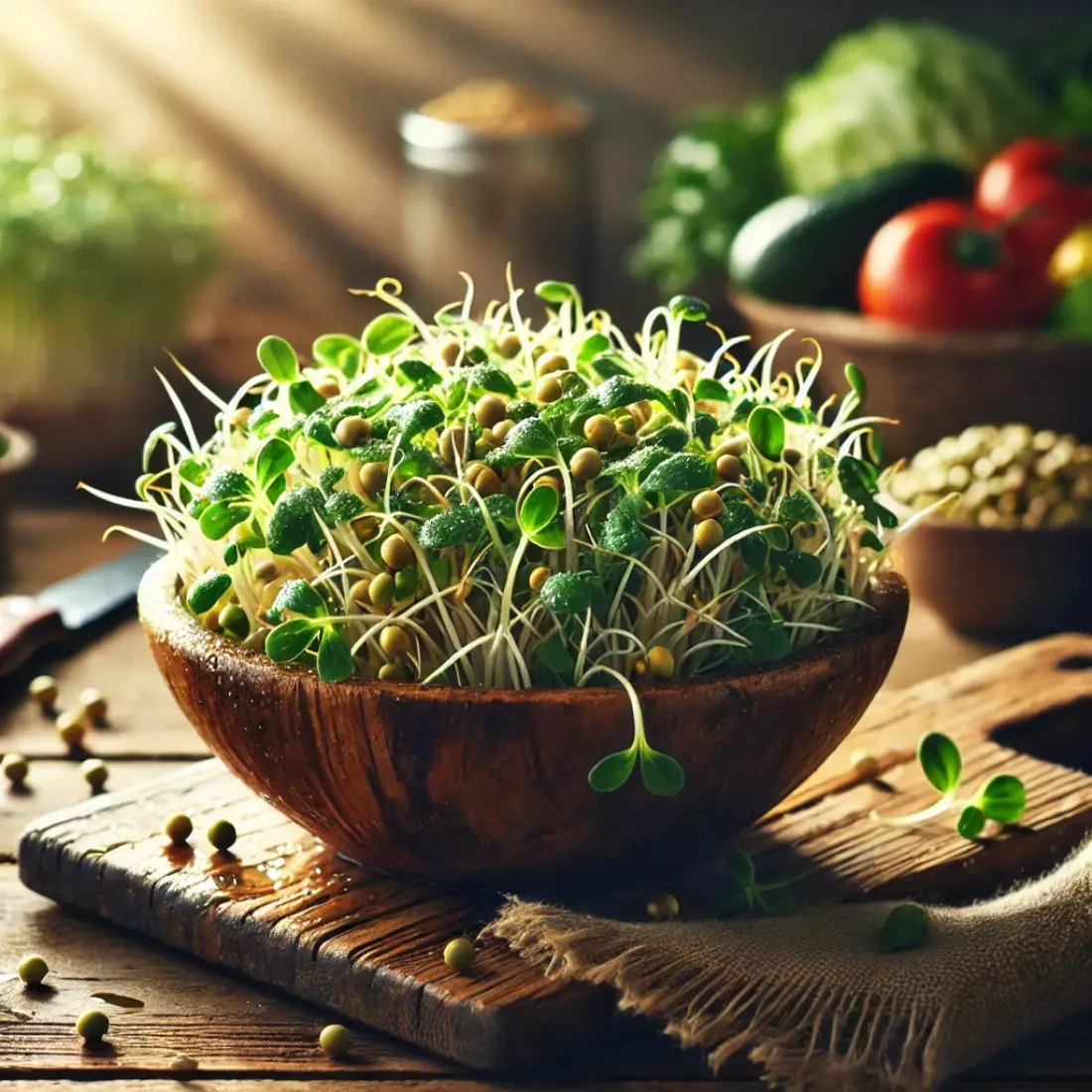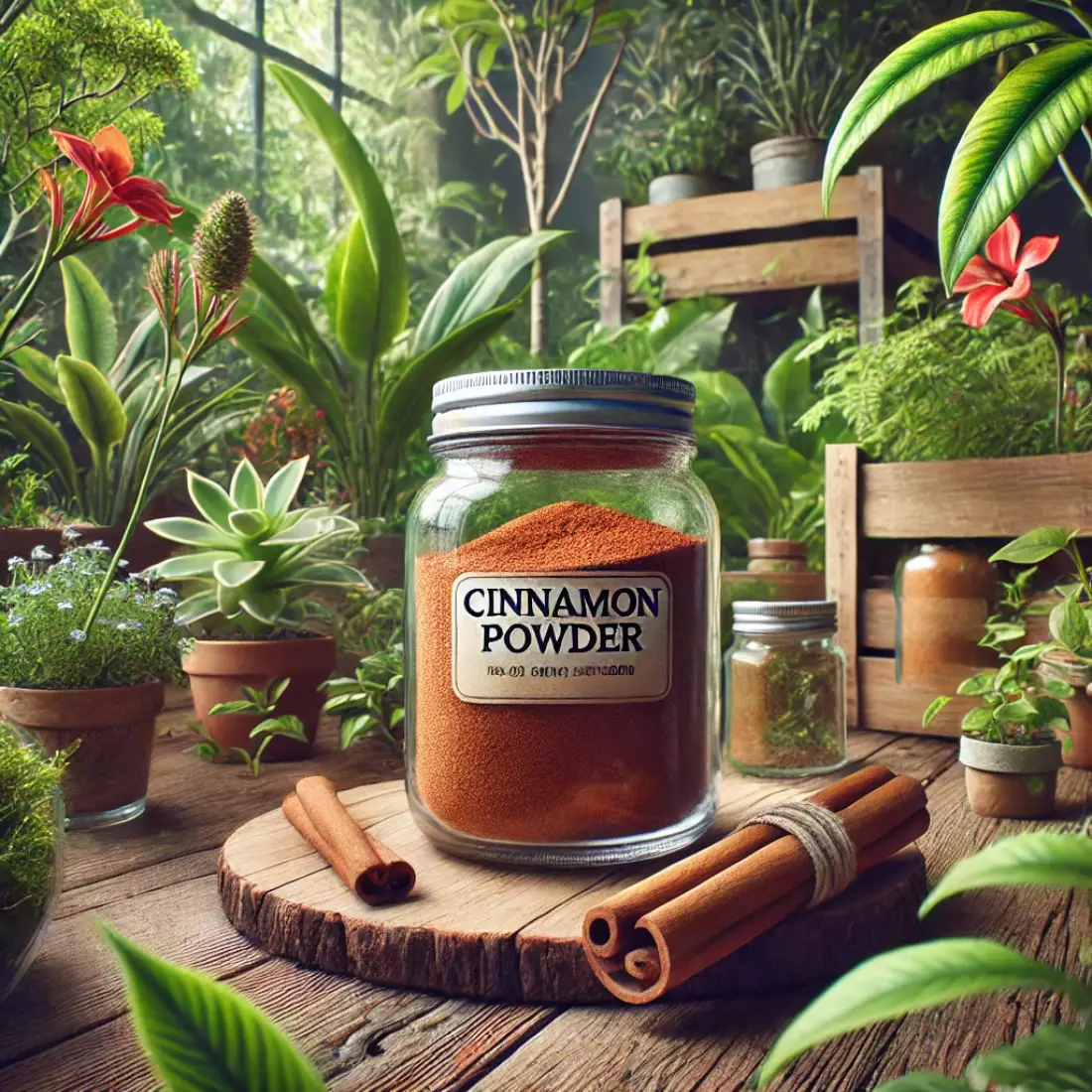Coconut coir, often referred to as coco coir or coco peat, is a versatile and eco-friendly byproduct derived from the fibrous husk of coconuts. Widely used in gardening and horticulture, coconut coir has become a popular alternative to traditional peat moss due to its sustainability and beneficial properties.
It offers excellent water retention, aeration, and drainage, making it ideal for houseplants that thrive in well-aerated, moisture-balanced environments. Additionally, coconut coir is naturally resistant to pests and diseases, reducing the need for chemical treatments.
- Coconut coir is a sustainable, eco-friendly alternative to peat moss, made from the fibrous husk of coconuts.
- It significantly improves water retention and soil aeration, ensuring that houseplants receive consistent moisture without the risk of waterlogging.
- Using coconut coir promotes healthy root development by preventing soil compaction and allowing roots to expand freely.
- Naturally resistant to pests and diseases, coconut coir reduces the need for chemical treatments, contributing to a healthier indoor environment.
- Available in various forms, coconut coir is versatile and can be used as a potting mix amendment, mulch, or a standalone growing medium for houseplants.
Which Plants Benefit the Most from Coconut Coir?
Coconut coir is particularly beneficial for a wide variety of houseplants, especially those that thrive in moist yet well-aerated soil. Ferns are one of the top plants that benefit from coconut coir, as they require consistent moisture and humidity. The water retention capabilities of coir provide an ideal environment for ferns to flourish.
Tropical plants, such as Calatheas and Philodendrons, also thrive in coconut coir. These plants prefer evenly moist soil, and the coir helps maintain the perfect moisture balance without becoming waterlogged. Spider plants and Peace Lilies similarly benefit from the moisture control and aeration properties of coir, leading to healthier root systems and vibrant foliage.
Orchids are another group of plants that greatly benefit from coconut coir, especially when coir chips are used as part of a soilless growing medium. The coir provides excellent drainage and aeration, mimicking the natural growing conditions of orchids in the wild.
Lastly, succulents and cacti can benefit from a mix of coconut coir and sand, which offers both aeration and drainage, ensuring that these drought-tolerant plants don’t sit in waterlogged soil. Using coconut coir for these plants supports their growth by promoting healthy roots and preventing common issues like root rot.
How to Use Coconut Coir for Houseplants
Coconut coir is a versatile material that can be used in several ways to improve the health and growth of your houseplants. Here’s how you can incorporate coconut coir into your indoor gardening routine:
Preparing Coconut Coir for Planting
Coconut coir usually comes in compact blocks or bricks that need to be rehydrated before use. To prepare, place the block in a large container and add water. The coir will absorb the water and expand, becoming light and fluffy. Once fully expanded, fluff it up with your hands to break apart any remaining clumps. Your coconut coir is now ready to be mixed with soil or used on its own.
Mixing Coconut Coir with Potting Soil
For most houseplants, you can mix coconut coir with potting soil to create an ideal growing medium. A common ratio is 1 part coconut coir to 2 parts potting soil. This mixture enhances the soil’s ability to retain moisture while improving aeration. It’s particularly beneficial for moisture-loving plants like ferns and calatheas.
Using Coconut Coir as a Mulch
Coconut coir can also be used as a mulch layer on top of the soil. Spread a thin layer around the base of your plants to help retain soil moisture, regulate temperature, and reduce weed growth. This is especially useful for potted plants that dry out quickly.
Creating a Soilless Growing Medium
Coconut coir can be used as a standalone medium for soilless gardening, especially for plants like orchids, succulents, and hydroponic systems. It provides a clean, pH-neutral environment that supports healthy root development.
Reusing and Recycling Coconut Coir
Coconut coir can be reused multiple times, making it a cost-effective and sustainable option for houseplant care. After its initial use, simply rinse the coir to remove any salt buildup and debris. Allow it to dry out before reusing it as a potting mix component or mulch.
Over time, the coir may break down, but it can still be mixed into compost or garden beds to improve soil structure. Recycling coconut coir in this way not only extends its lifespan but also contributes to a more sustainable gardening practice.
Choosing the Right Coconut Coir Products
When selecting coconut coir products for your houseplants, it’s important to choose the right type and quality to meet your gardening needs. Coconut coir is available in various forms, including coir blocks or bricks, coir chips, and coir fiber. Each serves a different purpose: coir blocks are ideal for potting mixes, coir chips provide excellent drainage for orchids, and coir fiber adds aeration to the soil.
Quality is a crucial factor when choosing coconut coir. Look for coir that is free from contaminants, such as excess salts, which can harm your plants. Organic, untreated coir is preferable as it is free from chemicals and additives. Always check if the product has been properly rinsed and buffered to ensure it is safe for your plants.
Consider sustainability certifications when buying coconut coir. Products labeled as eco-friendly or sustainably sourced support responsible production practices, contributing to environmental preservation.
Lastly, select reputable brands known for high-quality coconut coir. These brands often provide detailed product information, including pH levels and nutrient content, helping you make an informed choice. By carefully selecting the right coconut coir products, you can optimize the growth and health of your houseplants.
FAQs about Coconut Coir
Is Coconut Coir Suitable for All Types of Houseplants?
Coconut coir is versatile and can be used with most houseplants, especially those that prefer moist, well-aerated soil. However, it’s essential to adjust the mix depending on the plant’s specific needs, such as adding sand for succulents.
How Often Should I Water Plants in a Coconut Coir?
Because coconut coir retains moisture well, you may need to water your plants less frequently than with traditional soil. Monitor the moisture level of the coir, and water when the top layer starts to dry out, but avoid letting it dry out completely.
Can Coconut Coir Be Used Alone as a Growing Medium?
Yes, coconut coir can be used alone as a soilless growing medium, particularly for plants like orchids and hydroponic setups. However, for most houseplants, it’s best to mix it with other components like potting soil or perlite.
How Do I Store Unused Coconut Coir?
Store unused coconut coir in a cool, dry place, away from direct sunlight. Ensure that it is kept in an airtight container or sealed bag to prevent it from absorbing moisture and becoming moldy.
Does Coconut Coir Need Fertilization?
Coconut coir is low in nutrients, so it’s important to supplement with fertilizer. Use a balanced, water-soluble fertilizer to provide the necessary nutrients your plants need for healthy growth.
Is Coconut Coir Environmentally Friendly?
Yes, coconut coir is considered environmentally friendly as it is a byproduct of the coconut industry, utilizing waste material. It’s also a sustainable alternative to peat moss, which is harvested from non-renewable peat bogs.
What Are the Different Forms of Coconut Coir?
Coconut coir comes in various forms, including coir blocks or bricks, coir chips, and coir fiber. Each form has specific uses, from improving soil structure to serving as a standalone growing medium.
Can I Reuse Coconut Coir?
Yes, coconut coir can be reused multiple times. After each use, rinse the coir to remove any salt buildup and let it dry out before using it again. Eventually, it can be composted or mixed into garden beds as it breaks down.
How Does Coconut Coir Compare to Peat Moss?
Coconut coir is more sustainable than peat moss and offers better water retention and aeration. It is also less acidic than peat moss, making it suitable for a wider range of plants.
Can Coconut Coir Attract Pests or Mold?
Coconut coir is naturally resistant to pests and mold due to its antifungal properties. However, like any organic material, if it remains too wet for too long, it could potentially develop mold, so proper drainage is key.











